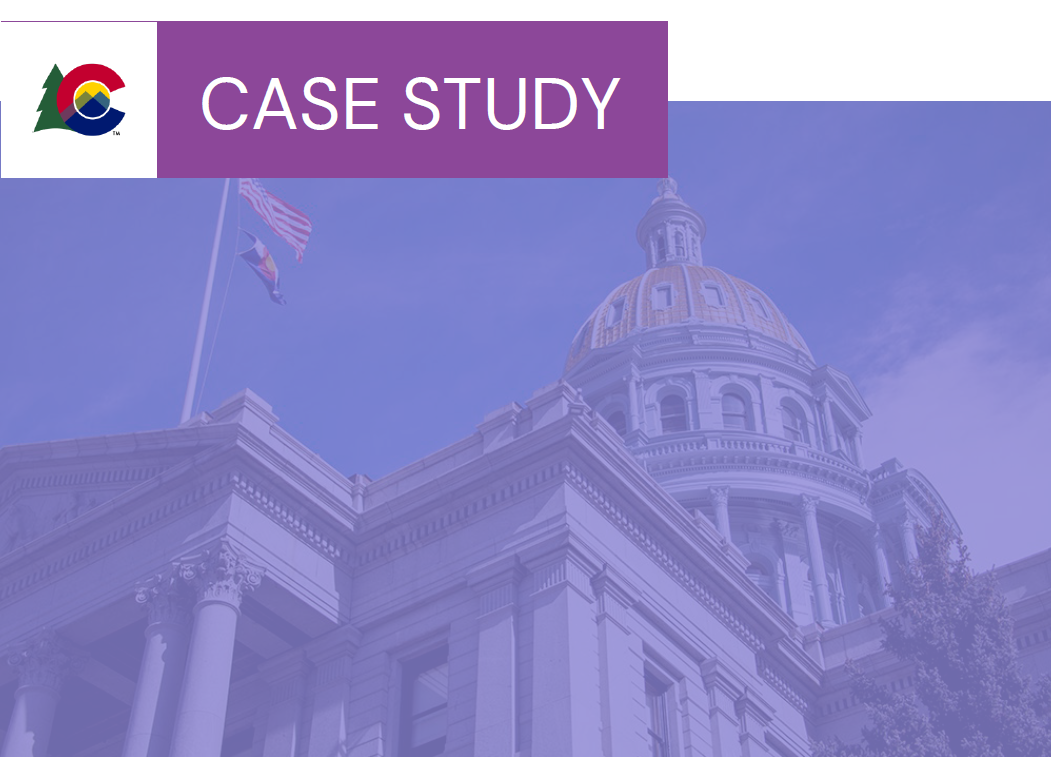The need for child care for both young and school age children, who are learning from home during the day while adults work, has thus expanded to more families and large numbers of children across the country.
Introduction
The COVID-19 pandemic has drastically changed both schooling and child care for children, educators, and families across the nation. As referenced in a previous NGA Center memo on Child Care Reopening and Recovery, child care providers are considering health, safety and sanitation guidelines; limiting group sizes; and funding sources to reopen or remain open for families. Child care access has been an issue for young children who are not yet school age since the start of the pandemic, for parents and caregivers who continued to work either in-person or remote. For parents and caregivers now re-entering the workforce, and/or pursuing educational opportunities, child care is a top concern. While virtual learning remains the reality for many school age children, families have also sought care for children in K-12 learning systems. Over 90 percent of families in a recent survey chose remote learning this fall as opposed to in-person learning due to the pandemic, thus ushering in hybrid and virtual-only settings for the foreseeable future. The need for child care for both young and school age children, who are learning from home during the day while adults work, has thus expanded to more families and large numbers of children across the country.
There are various child care options for families that include family, friend and neighbor care; licensed family child care homes; and traditional child care centers and community-based organizations such as a local YMCA. Resources such as child care resource and referral agencies, early childhood councils and hubs and Head Start communities serve as points of contact for families seeking care for children of all ages.
Considerations for Governors and State Education Leaders
In addressing the child care needs of working families in a remote learning environment, Governors and state education leaders should consider the following:
Adjusting child care regulations to accommodate virtual learning. Since March, many states have adjusted child care regulations including offering temporary, pandemic licensing for providers. As schools, child care centers and other hubs for care remain open in a virtual-only format or are closed, Governors and state leaders can adjust current models for care to safely accommodate larger group sizes and out-of-school programs that are providing care.
Promoting effective, evidence-based virtual learning strategies for families and providers with multiple children in their care. Governors and state leaders have the opportunity to promote evidence-based teaching strategies and resources to families and care providers across their states. As state experts, promoting these best practices in learning guidance can support parents and providers who conduct remote learning for the school age children in their care such as in learning pods. With any remaining state funding from the Coronavirus Aid, Relief, and Economic Security (CARES) Act and the Governors’ Emergency Education Relief Fund, Governors can allocate money to agencies that support virtual learning. The Governors’ Emergency Education Relief Fund was $3 billion in direct, flexible education funding including for early childhood.
Allocating flexible state funding to child care support and initiatives. Any future stimulus package funding, or current remaining, flexible state funds can be used to support child care. In allocating additional state funding to child care, states and Governors can support programs to remain open, adequately pay providers, and subsidize the cost of care for families. The CARES Act provided funding to states and territories through the Child Care Development Block Grant. Funding was used to subsidize the cost of care for families as they return to or continue work, as well as to support programs and providers. The CARES Act, which included the Governors’ Emergency Education Relief Fund, allowed states to provide funding to programs and providers and to cover the cost of care for families. However, as the year comes to an end, these spending resources have mostly been exhausted.
Child Supervision Laws: Impact on Child Care Determinations
Laws related to child supervision differ across states and may impact requirements and family needs related to child care for school aged children. Several states set a minimum age at which children may be left unsupervised, ranging from six to 14 years old. Child protection laws in at least 38 states classify “failing to provide adequate supervision of a child” as child neglect. However, many states do not further define what is considered “adequate supervision.” In some states, leaving a child without supervision at an inappropriate age or in inappropriate circumstances may be considered neglect, after considering factors that may put the child at risk of harm. These factors can include the child’s age, mental ability, and physical condition; the length of the parent’s absence; and the home environment. In estimating current child care needs for school aged children, state leaders may consider examining their statutes related to child supervision and child neglect.
State examples:
On August 26, Indiana Governor Eric Holcomb signed an executive order adjusting state child care regulations to be more accommodating to e-learning as well as expanding the number of children who can be together in a single home for e-learning without subjecting adult supervisors or homeowners to child care licensing requirements.
New York Governor Andrew Cuomo has allocated a total of $88.6 million to child care with most recent state funding designated to support child care initiatives as more people return to work post-Labor Day. The resources will be available to child care programs through the New York Forward Child Care Expansion Incentive program. Of the $88.6 million, $48.3 million was previously awarded to assist child care providers with reopening or restructuring plans to meet social distancing requirements. An additional $30 million was made available in the spring.
On August 28, Massachusetts Governor Charlie Baker signed an executive order and state education officials released guidance allowing multiple forms of school-day care for children who are not physically in school. The order allows licensed out-of-school programs such as YMCAs and Boys and Girls Clubs that typically provide after-school activities to operate during the school day while children are learning remotely. Programs that are not already state-licensed may apply to their municipalities for approval to run a remote learning enrichment program for children enrolled in school. The guidance also allows parents to run learning pods—groups of up to five families can pool together in a learning environment with a supervising parent. Learning pods are also serving many low-income families and creating spaces for school-hours childcare with classrooms, staff, and support, often at little or no cost to parents.
Georgia Governor Brian Kemp granted up to $19 million through CARES Act funding to scholarships for parents of e-learning students who cannot afford child care. The scholarships will be disbursed through the state’s Supporting Onsite Learning for Virtual Education program housed in the Department of Early Care and Learning.
Kansas Governor Laura Kelly has invited both school age programs and providers to webinars to learn about eligibility for $40 million of grant programs. The webinars ran from September 26-October 3, and are hosted by the Kansas Children’s Cabinet and Trust Fund. Topics include remote learning and supervision needs for children.
Vermont Governor Phil Scott announced the state would direct $12 million in federal funding for COVID-19 to increase school age child care this fall. This increase includes afterschool and out-of-school time programs. The support extends from kindergarten through sixth grade for those who need care during remote school learning days. The Vermont Department for Children and Families along with organizations Vermont Afterschool and Let’s Grow Kids will coordinate the directive.
Supplemental Resources
- Teaching Strategies has developed the Distance Learning Solution that integrates the essential components of teaching in a single digital experience. The solution enables states and educators 24/7 access to curriculum and resources, integrates family focused model moment videos, and integrates a formative assessment that’s aligned to state standards to assess COVID-19 learning loss, meet children’s individual needs, and ensure all children can progress, among other features.
- North Carolina’s Department of Health and Human Services released guidance on remote early childhood learning. Page 5 of this guide requires teachers to use Teaching Strategies distance learning resources, as aligned with N.C. Pre-K curricula.
- Tennessee has been using the Ready Rosie platform which is the family-focused model from Teaching Strategies, providing various videos to support families. The program was made available for free until September 30.
- Alliance for Early Success released an extensive report on building and strengthening child care systems across states in September 2020.
For questions or concerns related to the contents of this memo, please contact NGA staff:
- Tiffany Ferrette (tferrette@nga.org; 202.624.5496)
All NGA COVID-19 memos can be found here, or visit COVID-19: What You Need To Know for current information on actions States/Territories are taking to address the COVID-19 pandemic; as well as advocacy, policy, and guidance documents for protecting public health and the economy.













